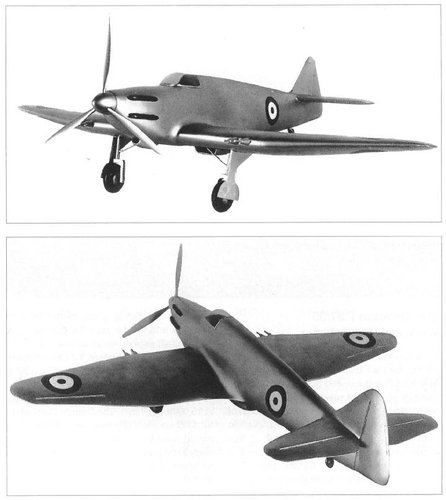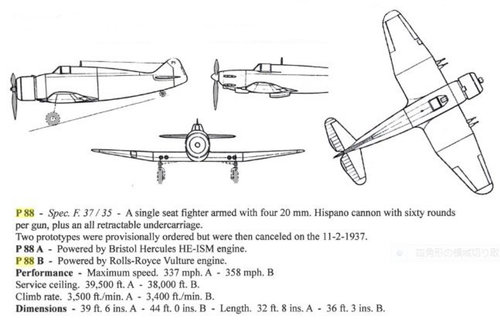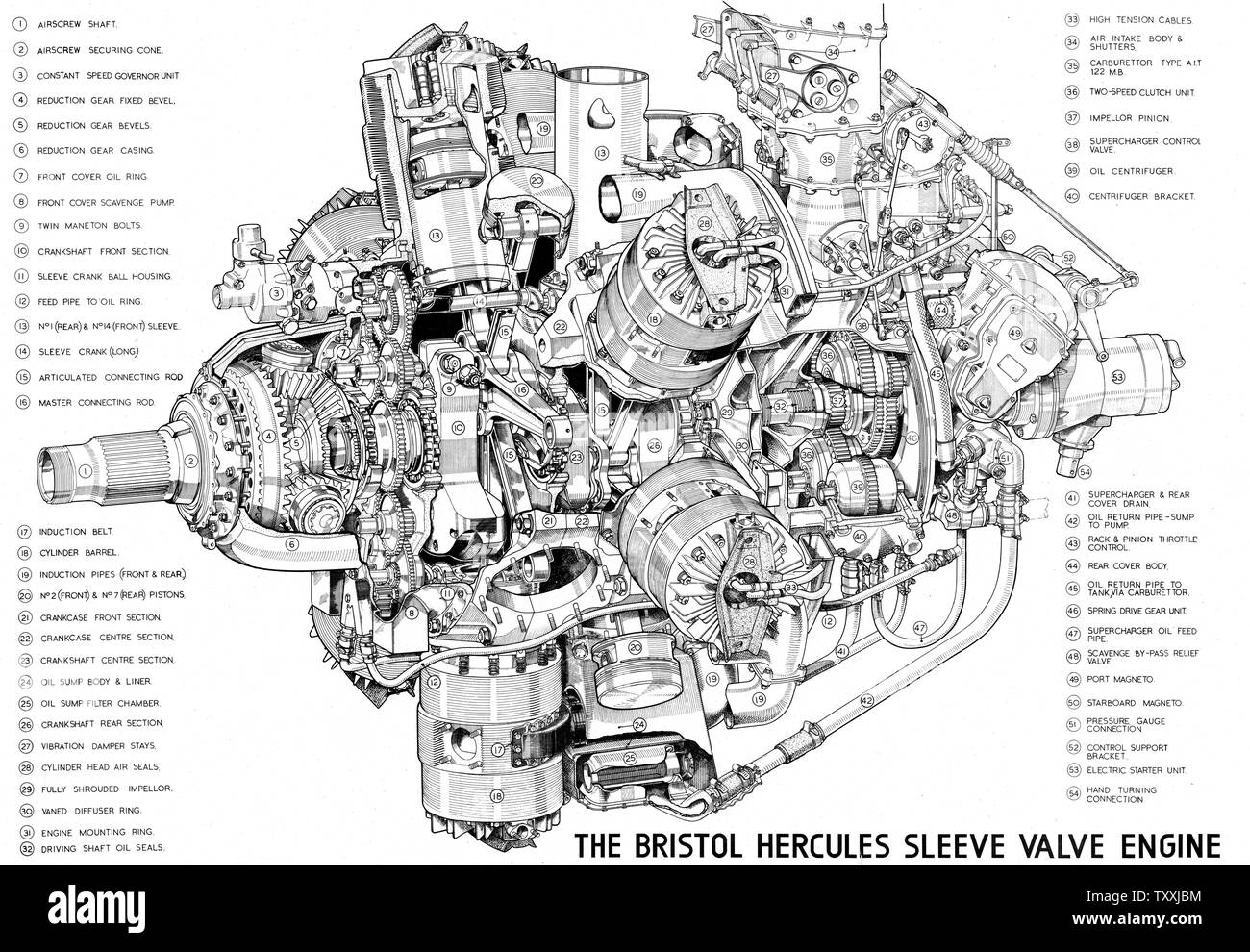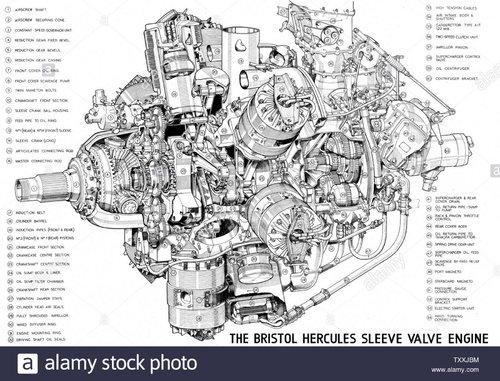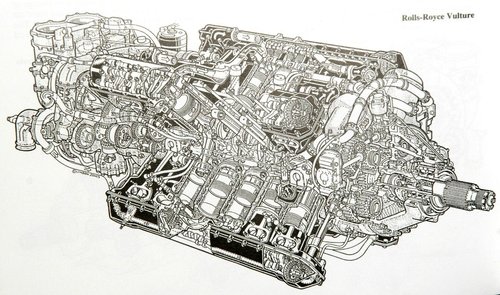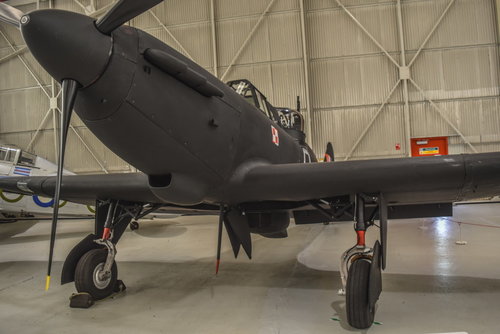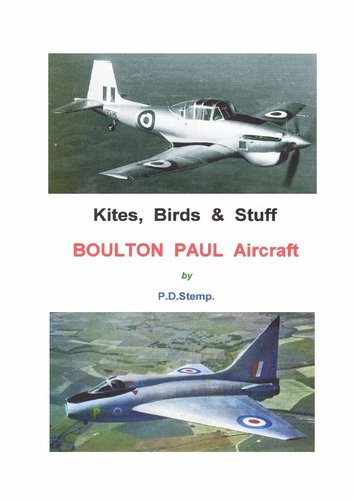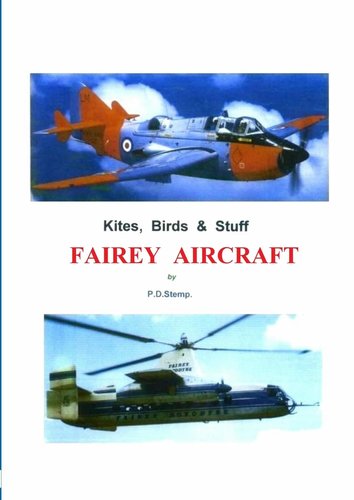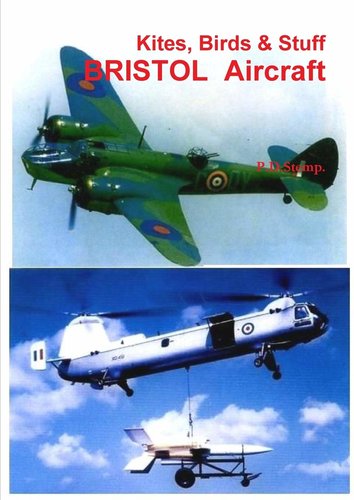In answer to the spec that led to the Westland Whirlwind, there were other aircraft designs evaluated.
According to BSP the Air Ministry wanted to order five prototypes two Westland, two Boulton Paul (the 'A' model powered by a Hercules engine, and the 'B' model by a Vulture).
However, the Treasury would only provide funds for two - so only the Westland aircraft were built.
Anybody got any sources - apart from BSP, on likely performance figures, especially as the early Hercules (on the Beaufighter) wasn't 1500 hp. ??
If it had been built, seems likely to me more time to get the cannon problem sorted out, as compared with those in the Spitfires/Hurricanes.
According to BSP the Air Ministry wanted to order five prototypes two Westland, two Boulton Paul (the 'A' model powered by a Hercules engine, and the 'B' model by a Vulture).
However, the Treasury would only provide funds for two - so only the Westland aircraft were built.
Anybody got any sources - apart from BSP, on likely performance figures, especially as the early Hercules (on the Beaufighter) wasn't 1500 hp. ??
If it had been built, seems likely to me more time to get the cannon problem sorted out, as compared with those in the Spitfires/Hurricanes.

